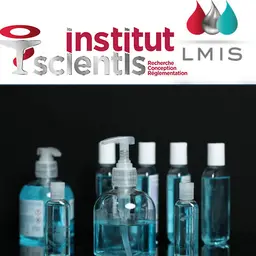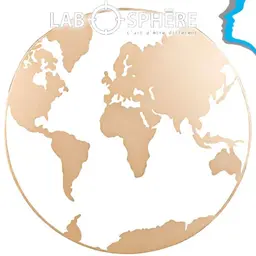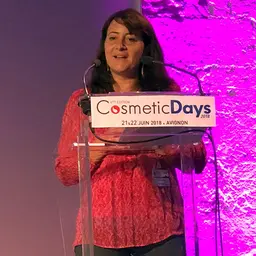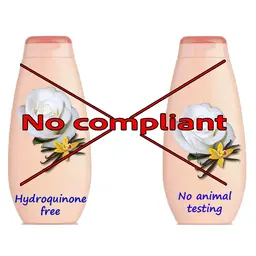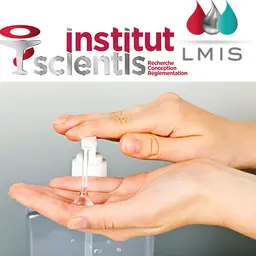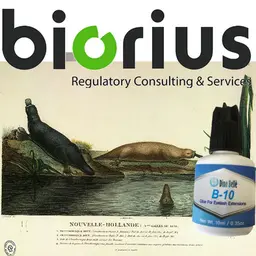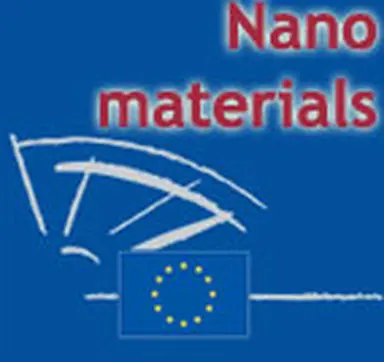
A sensitive subject, nanomaterials have been included in the Cosmetics Regulation, which fully replaced the former Cosmetics Directive since 11 July 2013. Indeed, the cosmetic industry is the first industrial sector facing a regulation on nanomaterials. What are we talking about? What implications for the cosmetic industry?
They are present in many industrial sectors (aeronautics, car industry, chemicals, cosmetics, electronics, energy, environment…). Nevertheless, nanomaterials are frightening. They are suspected to be the cause of health problems (for consumers and workers). However, the widely open public debate organized in France end 2009/beginning 2010 put forward sharp opinions. In cosmetics, a major concern is their potential penetration in the skin. They would then be suspected to induce harmful effects in the cells, and notably to alter their DNA… It is yet difficult to prove, but this did not prevent the concern to move from a health problem to a political view: mainly driven by the MEPs (Members of the European Parliament), nano-ingredients have been included in the Regulation on Cosmetics, even before being precisely defined.
A definition… to be clarified
The Regulation gives a definition of a nano-material (article 2.k): “an insoluble or bio persistent and intentionally manufactured material with one or more external dimensions, or an internal structure, on the scale from 1 to 100 nm.”
As a reminder, a nanometre (nm) is a billionth of a meter. In other words, a 100 nm tube is 1 000 times thiner than a hair.
However, this definition was not …



